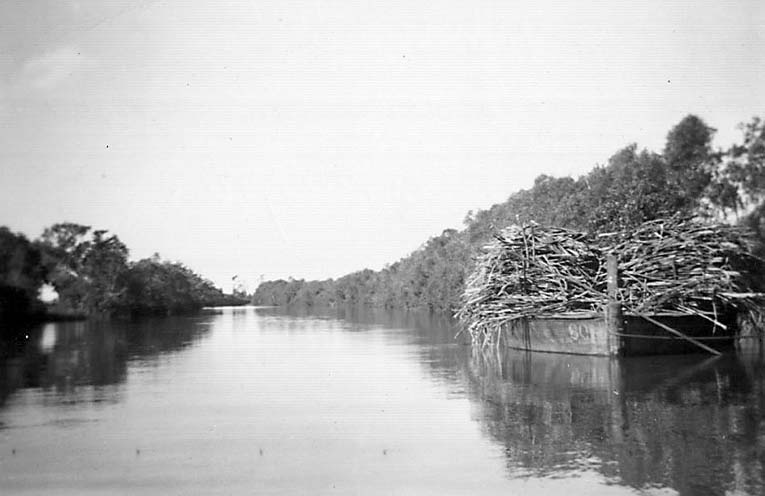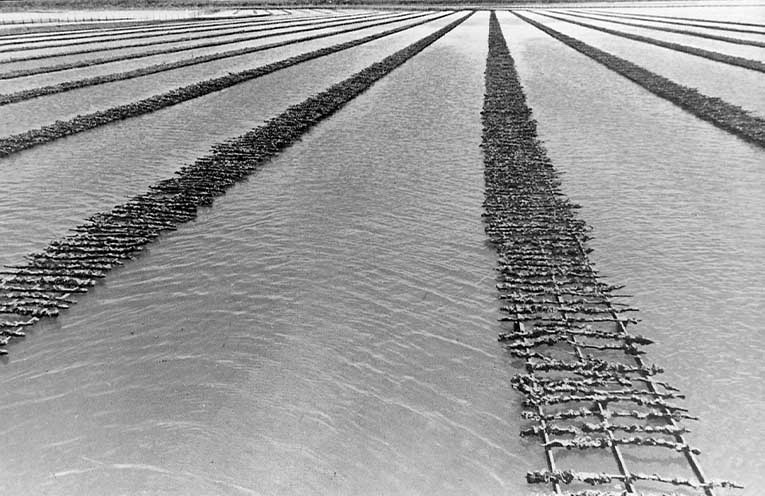LAST October I released my final local history book, “Marsh Road”.
The book told of the endeavours of the dairy farming community which branched out to grow and sell vegetables of the highest quality.
Not all residents along Marsh Road were dependent on the land however.
The rich waters of Tilligerry Creek, which flow adjacent to Marsh Road, was and still is, alive with mullet, bream, flathead and crabs.
Fishing and crabbing did form a part of the income, generally on a barter basis.
Oyster farming also contributed significantly to families along Marsh Road.
From the earliest times, when the wild shellfish grew on rocks and mangroves, Tilligerry Creek has been a major contributor of quality oysters.
Records show, as far back as the first Port Stephens applications for oyster leases published in the Sydney Morning Herald in May 1885, Mr T. Hyde was granted 500 yards of lease in Tilligerry Creek.
By 1919 around 20 oystermen were granted leases to work the rich waters of the creek.
The oyster industry appealed to those returning from WWI.
Some of the oyster families chose to live on the Marsh Road to work on their farms and work their leases.
The de Hamel brothers Lancel and Cuzon (Bill) arrived in Tilligerry Creek from Cornwall, England in 1928.
Described as “gentlemen oyster farmers” by all who met them, they were quite different from others on the creek. They seemed to be out of place.
Lancel de Hamel would attend oyster meetings dressed in a tweed coat with leather patches, smoking a pipe.
They bought oyster leases with no adjoining land which forced them to live on their boat in the creek.
Their provisions were purchased at Upton’s shop at Bobs Farm.
At the age of eight years Eric Holliday met the men in 1929.
“They met my aunty and uncle next door and were invited to dinner,” Eric recalls.
“The brothers gladly accepted and rowed their dinghy ashore after anchoring their bigger boat as close as possible. “On arrival they headed straight for the shower.”
Hard work resulted in success for the brothers.
They encouraged Gordon Holliday to become an oyster farmer around 1932.
Bill returned to Cornwall while Lancel remained and married, had a son and acquired land on the Marsh Road where he built above the water with a surrounding levee bank and gardens, wharf, water frontage.
A truly lovely place.
By John ‘Stinker’ CLARKE





